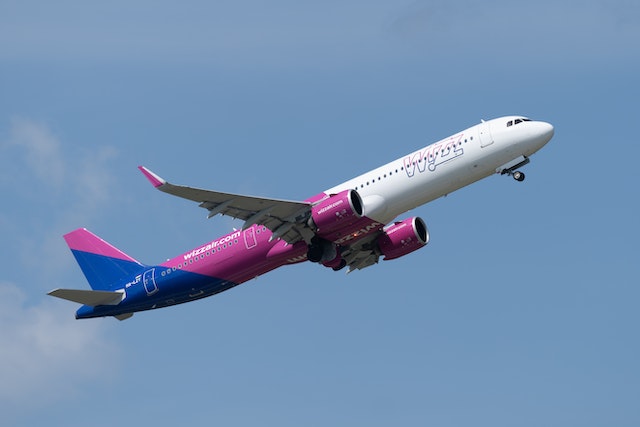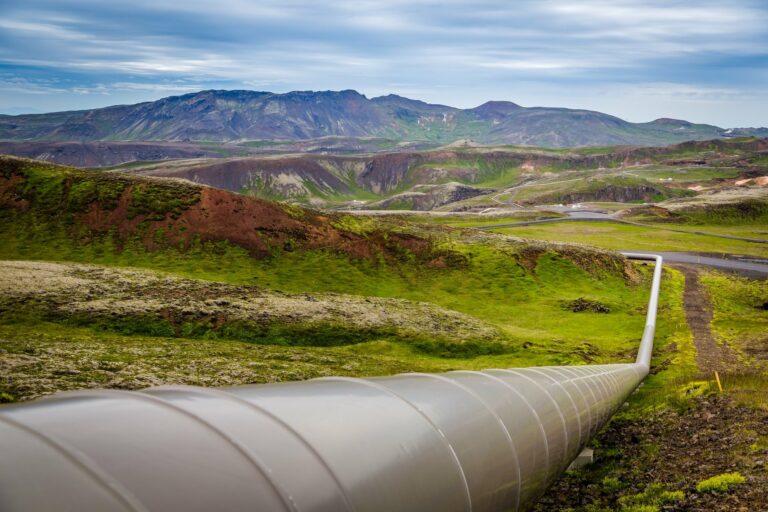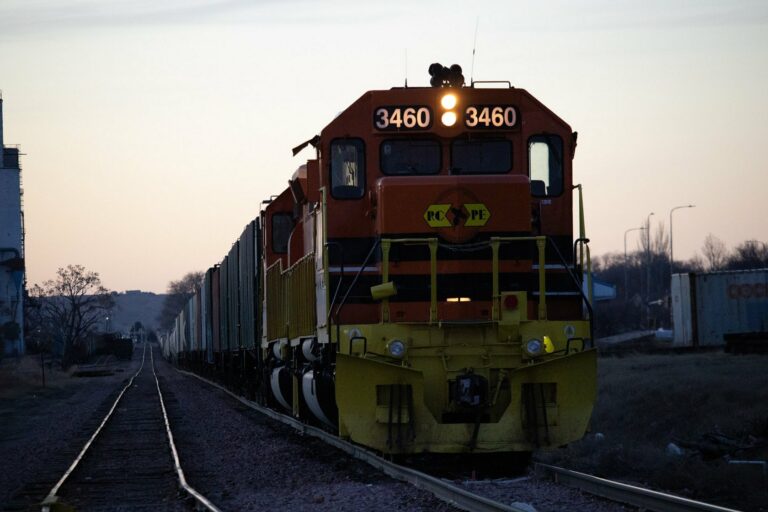Here it is accepted division into deep-water (ocean, sea) shipping and inland (river) shipping. The main advantage of water transport is the ability to carry very large cargoes. Two types of ships are used: deep-water ships (they need deep-water ports) and diesel barges (they are more flexible). The main disadvantages of water transport are limited functionality and low speed.
The reason is that it is necessary to use railroads or trucks to deliver goods to and from ports, unless both the point of departure and destination are located on the same waterway. Water transportation, therefore, with its large capacity and low variable costs, is advantageous to shippers for whom low transportation rates are important and speed of delivery is of secondary importance.
Typical cargoes for transportation by inland waterways are ore, minerals, cement, grain, and some other agricultural products. Transportation options are limited not only by its connection to navigable rivers and canals, but also by its dependence on capacity for loading-unloading and storage of such bulk cargoes, and by the growing competition from railroads serving parallel roads.
In the future, the importance of water transport for logistics will not diminish, as slow river vessels can serve as a kind of mobile warehouses if properly integrated into the overall logistics system.





